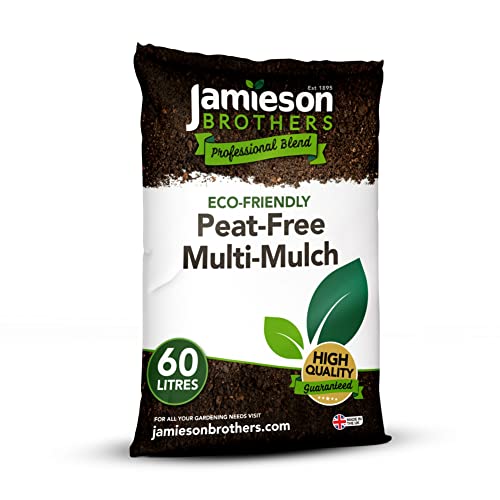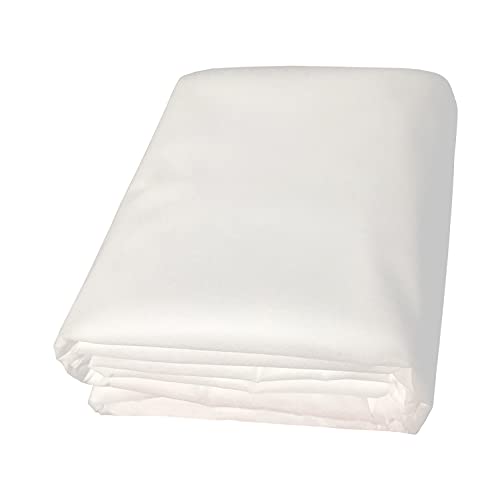Experts warn you shouldn't leave soil bare over the winter – this is how to prepare it for the colder months
Earlier spring sowings and fewer weeds? Yes, please!

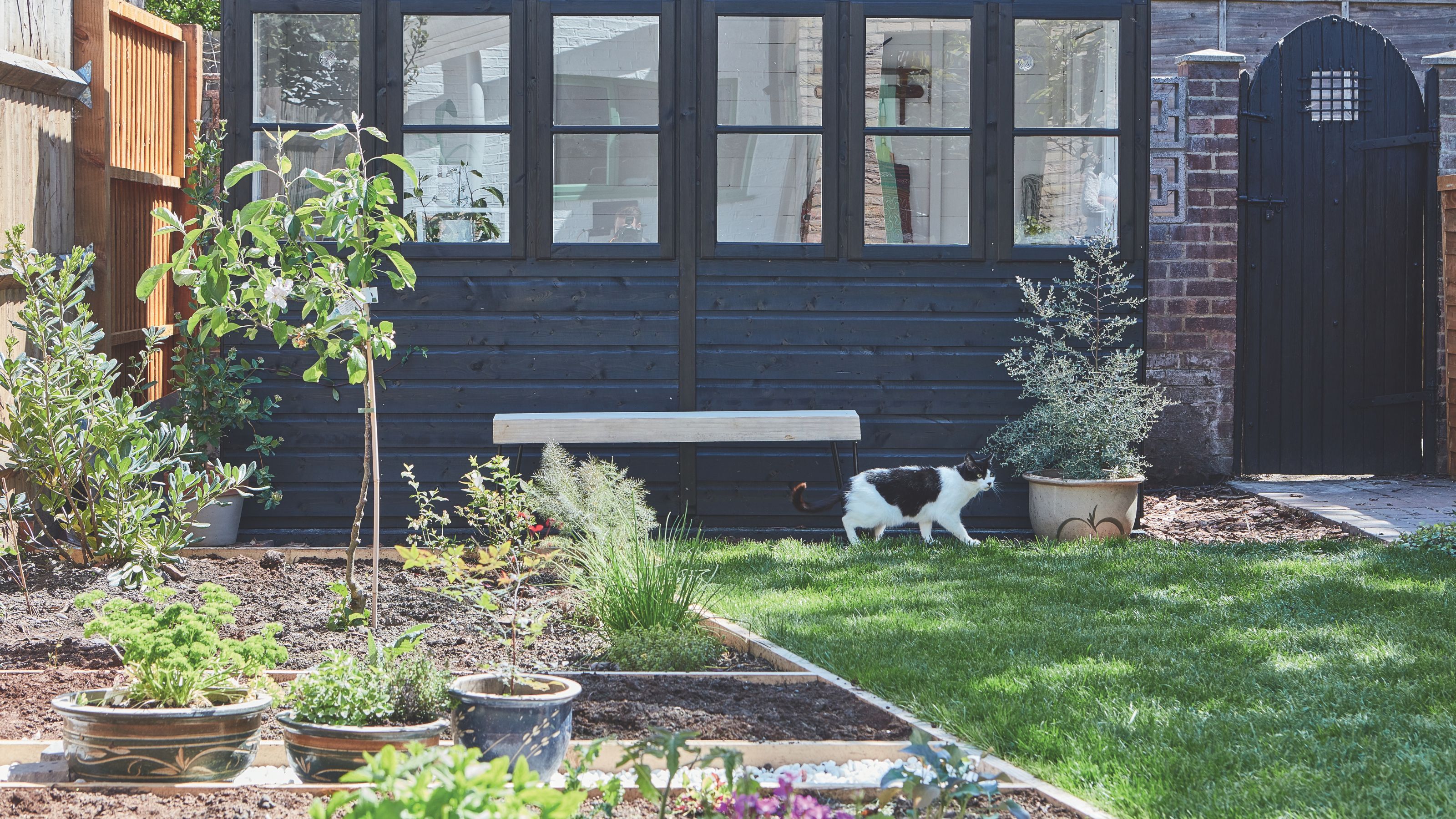
Autumn might signal the end of the main growing season, but there are plenty of tasks to do in the garden before the frost arrives. Learning how to prepare soil for winter is one of them – and right now, experts are warning that leaving soil bare over the winter months can be detrimental to your garden's health.
When it comes to getting your garden ready for winter, soil preparation is one of the most rewarding measures you can take for your garden long-term. With harsher weather on the way, protecting your soil from the elements will reduce erosion, bolster nutrients and lift temperatures for earlier spring planting. Working on the soil is key to preparing raised beds for winter, too.
'Preparing your garden and soil for winter will reduce the amount of work you have to do next spring by ensuring you have a healthy soil that's ready to support plant growth when the weather warms up,' says Felicity Roos, the National Trust's national consultant for soil.

But why is it such a bad idea to leave soil to its own devices over the winter?
'Bare soils are prone to erosion, lose nutrients to the atmosphere and through leaching, and do not feed the soil biology,' explains Felicity.
If you want rich, healthy earth come spring, this is how to prepare soil for winter.
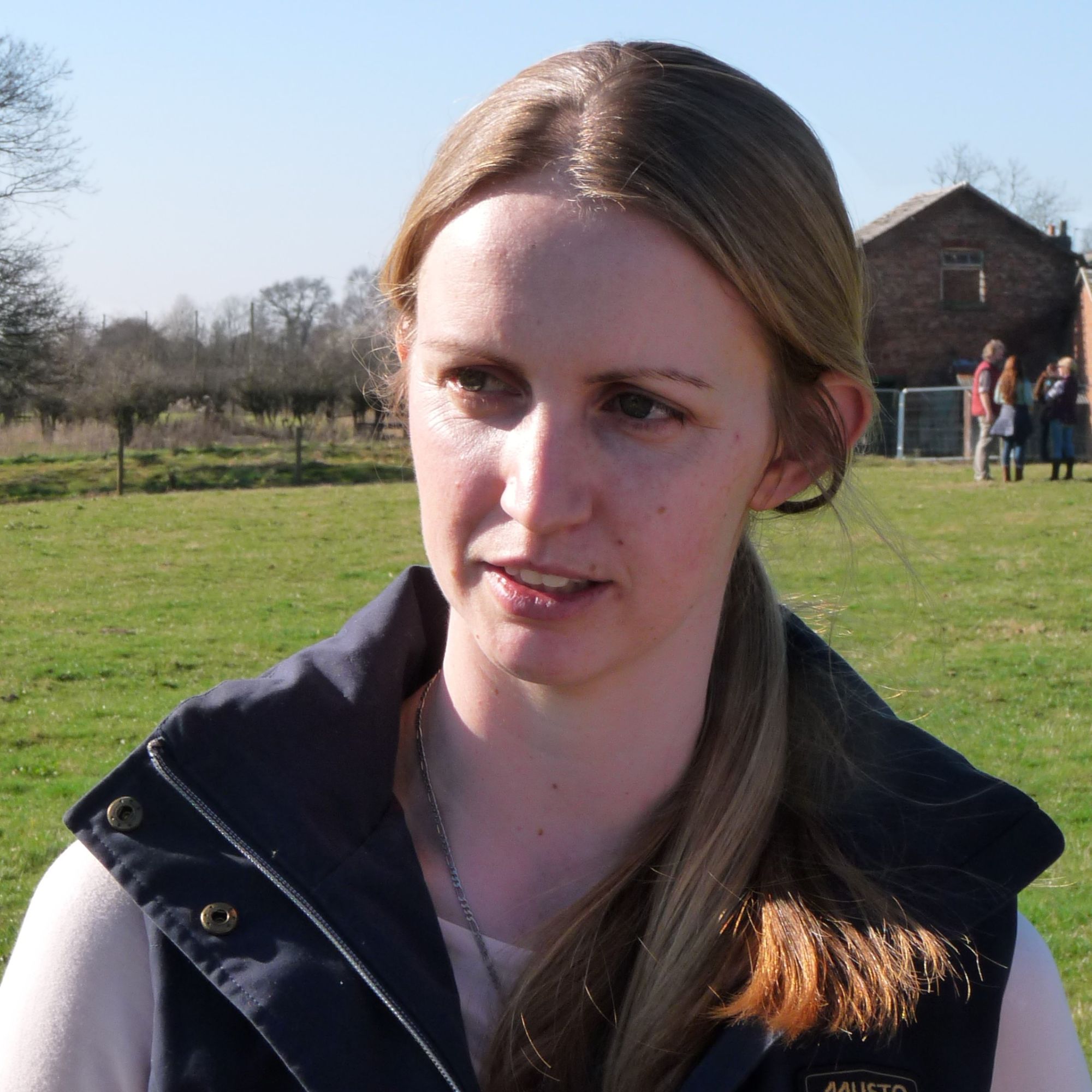
Felicity has spent the last 10 years working with farmers and land managers in Australia, Ghana and the UK on the adoption of sustainable land management practices, and climate change adaptation and resiliency. Specialising in soil conservation and restoration, she works with property teams across the National Trust to help colleagues understand why soil is so important in delivering the National Trust’s objectives and how they can improve it through the way they manage the land and gardens.
1. Remove weeds and old plants
Whether you have a vegetable patch or a herbaceous border, the first step towards preparing soil for winter should be removing spent plants like annuals and biennials.
Sign up to our newsletter for style inspiration, real homes, project and garden advice and shopping know-how
Then, you can get weeding. There are plenty of ways to get rid of weeds naturally, from hoeing to using cardboard, but try to eliminate as many as you can – and avoid making any weeding mistakes where possible.
'The time you spend weeding now will save you so much more time the following spring, as you will be effectively reducing the spread of weeds by decreasing the seeds that they spread now,' says gardening expert Lucie Bradley. 'This minimises root growth and, as a result, improves the health of your soil to give it a great start for the following spring.'
If you haven't got time for weeding, it's not the end of the world – in fact, weeds can provide a makeshift cover crop which offers protection against soil erosion. But more on that later.

2. Mulch
Mulching is one of the gardening world's best-kept secrets. It offers a host of benefits, from enriching soil with nutrients and protecting plant roots from extreme weather to suppressing weeds and insulating the earth beneath. Learning how to protect plants with mulch is key to seeing less hardy varieties through the winter.
'Mulching will help to protect remaining plant roots during frosts, and nutrients from the mulch will provide plants with what they need during the cold months,' says Morris Hankinson, founder of Hopes Grove Nurseries.
In fact, the National Trust's Felicity refers to mulching as a way to 'armour the soil', protecting it from wind and rain erosion. Plus, it provides a brilliant habitat for wildlife.
Whether you're looking for the best mulch for vegetable gardens or you want to protect plants in pots, there are a range of options available to buy.
3. Cover the soil with a sheet
Technically a form of mulching, covering your soil with a sheet of horticultural fabric is another great way to protect it during the winter, especially on larger areas of soil like vegetable beds or borders.
You're probably already familiar with horticultural fleece as one of the best ways to protect plants from frost, but covering bare soil has its benefits, too – and frost protection is just one of them.
'Covering the soil can help to suppress weeds, and the soil will be warmer in spring, ready to plant into a little earlier,' says Morris. 'This can be done with horticultural sheeting but better than that is to add a layer of mulch and leave it without digging in. This will protect the soil, suppress weeds and provide nutrients.'

4. Sow green manures
We all know well-rotted manure will enrich a vegetable bed, but green manures are all the rage amongst gardeners looking to take a, well, greener approach.
Much like regular manure, green manures improve soil structure and nourish it with minerals. They're usually fast-growing plants which are sown across bare soil to provide a cover crop. Once they've grown, they're incorporated, or dug, back into the soil again.
'If it's a vegetable bed, or an area you plant annuals, you might want to consider planting a green manure or cover crop so that you have living roots in the soil over winter,' explains Felicity. 'You can then mow over it or just knock it down and compost over it around late January to early February, and the bed should be ready to plant into come April and May.'
Popular green manures include clover, mustard, legumes and phacelia. But October is your last chance to sow them before temperatures drop. 'Ideally, they should be sown in September for better germination, but they can be sown into October, depending on the mix,' says Felicity.

FAQs
Should I leave soil in pots over winter?
You can leave soil in pots over winter, but it's vital that they have enough drainage.
'You don't want the soil to be sitting completely saturated and flooded in a pot over winter because this will shift the soil microbiology towards anaerobic (no oxygen) communities rather than aerobic (with oxygen) communities which is what a healthy garden soil needs,' explains Felicity.
It's better to have something growing in the pot, though – as we've learned, bare soil doesn't fare well over the winter months.
'It could be something you normally consider a weed, or you could add a layer of compost,' Felicity says.
How do you keep soil from freezing in the winter?
If you want to prevent your soil from freezing, you'll need to get mulching. Compost, straw and horticultural fleeces are just some of the options available, as mentioned above – but whichever medium you choose, it's important to make sure the entire surface of your soil is covered.
Learning how to prepare soil for winter is simple, but remember to get mulching before the winter weather arrives!
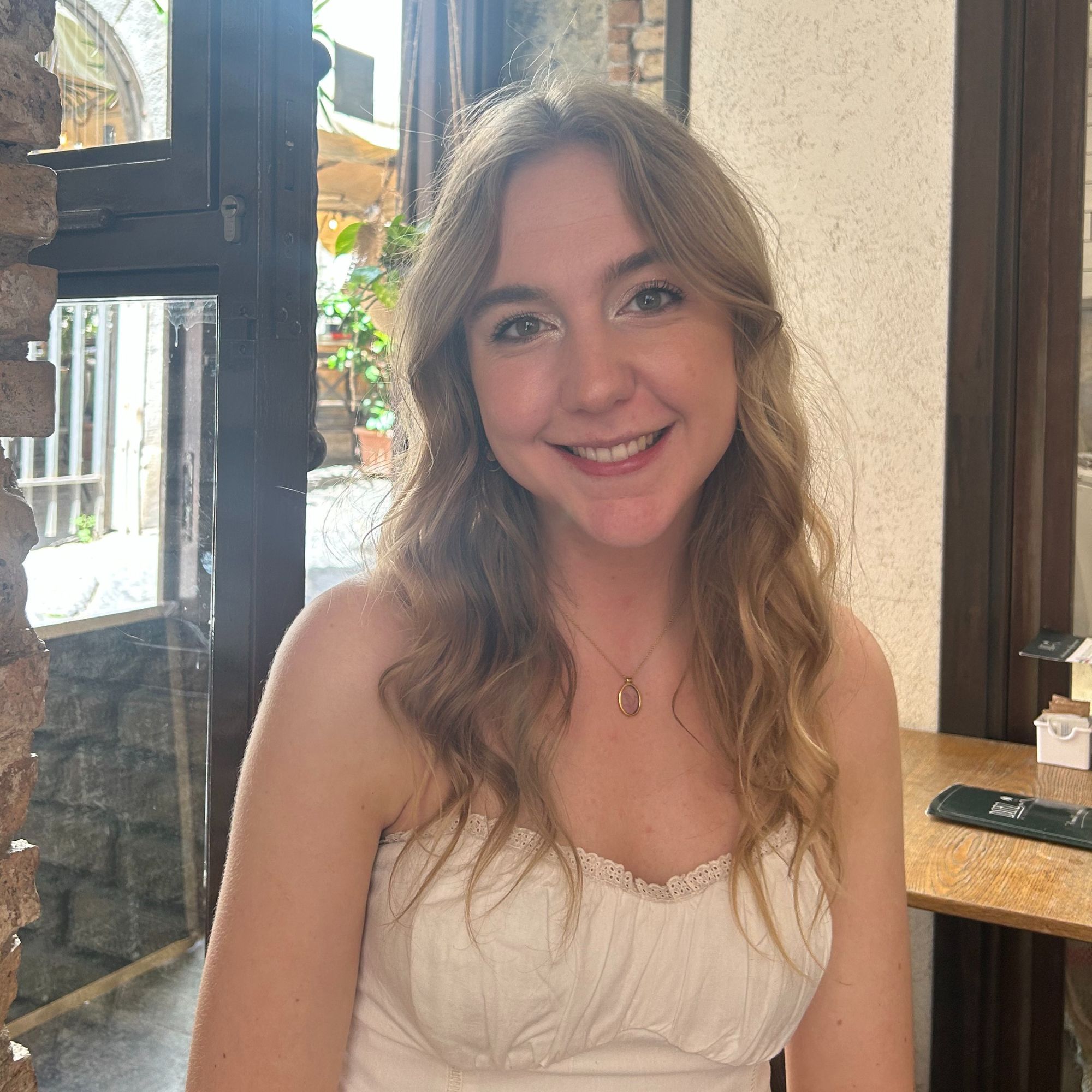
Sophie joined the Ideal Home team as Gardens Editor in June 2024. After studying English at Royal Holloway, University of London, she began writing for Grow Your Own, which spurred on her love of gardening. She's tried growing almost every vegetable under the sun, and has a soft spot for roses and dinnerplate dahlias.
As Gardens Editor, Sophie's always on the lookout for the latest garden trend. She loves sharing growing hacks for every space, from herbaceous borders to balconies.

